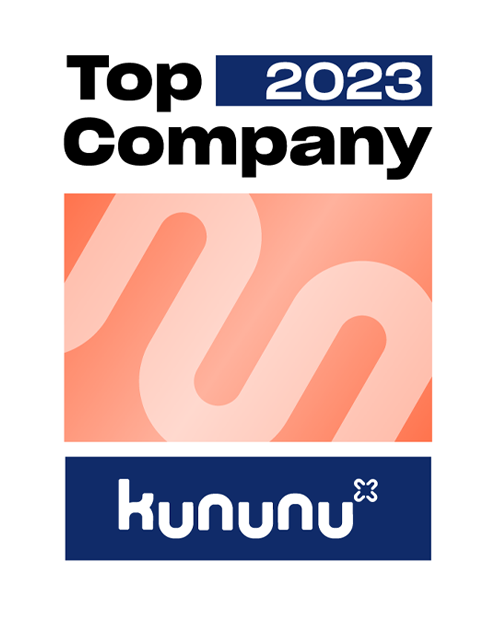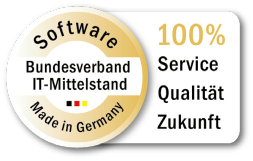Electronic Topics - GDV complex
THIS GDV THEME RANGE CONSISTS OF 11 PARTS AND COVERS THE FIELD OF ELECTRICAL ENGINEERING (WITH THE KIND SUPPORT OF THE GDV):
GDV – Module 1: Contact faults
Contact faults are one of the most frequent causes of fire in electrical systems. The danger is mainly caused by a strong heating of faulty contact points. Loose clamping points can be easily detected during tests.
Content of this sam® training course:
-
Listing of the most frequent causes of damage
-
Cause of heat generation
-
Damage caused by contact errors
-
Practical examples
-
Relevant regulations (VDE)
-
Recommended measures
-
Important notes and links
GDV – Module 2: Cables and wires
Cables and wires are the “arteries of electrical installations”. They connect the various equipment and plant components with each other, transmit energy or signals and run through the structures. Their correct planning and selection with regard to design and cross section as well as proper installation are of particular importance. Simple measures can also prevent major damage during installation.
Content of this sam® training course:
-
Planning and selection with regard to design and cross-section.
-
Proper installation
-
Guidance through components with fire protection requirements
-
Avoidance of crossing/approaching
-
Important notes and links
GDV – Module 3: Selection of work equipment
In addition to the purely electrical parameters, environmental parameters are also decisive for the selection of equipment. Fire risks are minimized by making the right choices.
Content of this sam® training course:
-
Fire protection in electric installations
-
General fire hazards
-
Causes of fire
-
Protective measures
-
Important notes and links
GDV – Module 4: Accumulation of equipment
Any electrical equipment through which electricity flows is in fact a heat source. In order to prevent malfunctions from occuring in the event of accumulation due to high temperatures, and to prevent fire.hazardous excess temperatures, the manufacturer of a distribution board is initially responsible for proper project planning.
Content of this sam® training course :
-
Heat influence and non-observance of manufacturer’s instructions
-
Producer responsibility
-
Consideration of the accumulation in installations
-
Important notes and links
GDV – Module 5: Circuit protection
Here the protection in case of overcurrent is the main focus. Cable lengths and cross-sections must be selected according to the operating conditions. The selective interaction of different protective devices must be ensured.
Content of this sam® training course :
-
Overcurrent protection
- Cable lengths and cable cross sections
- Selectivity
- Consideration of environmental conditions
-
Important notes and links
GDV – Module 6: Replacement power systems /USV
These plants are to be used above all when the original energy supply fails. Unfortunately, these often fail as well, so that no protection is given. Typical errors are poor planning (such as incorrect matching of connected load to power source performance) and lack of maintenance. Overcurrent protection can become a challenge if the power source delivers too little short-circuit current.
Content of this sam® training course:
- Replacement power supply systems and electrical installations for safety purposes
- Maintenance of replacement power supply systems
-
Important notes and links
GDV – Module 7: Overvoltage protection
When should overvoltage protection actually be installed? Which frequently occurring errors should be avoided so that the protection is effective? Practice shows that this is possible..
Content of this sam® training course:
-
Why overvoltage protection?
-
Frequent errors in installations
-
Important notes and links
GDV – Module 8: Luminaires
Luminaires are used in the most diverse locations. They are designed to meet the various requirements. Markings on the luminaires facilitate their selection for the correct application in the corresponding environment, e.g. fire-hazardous locations. Common to the luminaires is that a very large part of the energy required is converted into heat. For this reason, distances between hot body parts and flammable materials are necessary.
Content of this sam® training course:
-
Types of lighting
-
Luminaires
-
Labeling of luminaires
-
Special notes
-
Fire hazard premises, agriculture estates
-
Important notes and links
GDV – Module 9: Maintenance
Maintenance includes servicing, checking and repairing. Unfortunately, these “life-sustaining measures” are usually given little attention. This shortens life cycles and the times of system availability. In case of damage, the question must be allowed: Have you carried out the necessary maintenance? That there is another way is shown by various maintenance strategies that have been practiced.
Content of this sam® training course:
-
Maintenance
-
Maintenance strategies
-
Recommissioning
-
Important notes and links
GDV – Module 10: Initial and repeat testing
These tests are required by the basic standards. They can be used to detect installed faults or defects that have occurred during operation. The test result and the descriptive documents document the condition of the system and can also serve as proof of proper work. Often these tests are not carried out at all or with test cycles that are too long and are insufficiently documented.
Content of this sam® training course:
- Obligation and benefits of the initial assessment
- Obligation and benefits of periodic inspection
- Plant availability/Interpretation of test results
-
Important notes and links
GDV – Module 11: PV installations
Although feed-in tariffs are falling, the number of newly installed PV systems continues to rise. As with any complex system, dangers can arise, especially if technical rules are not sufficiently observed. A technical guideline “PV systems”, VdS 3145, has been developed from the experience of property insurers. Important contents from an electrical engineering point of view are shown in the web learning module.
Content of this sam® training course:
- Environmental conditions
- Cable laying
- Inverter
- Lightning and overvoltage
-
Interpretation
- Testing, documentation
-
Important notes and links




